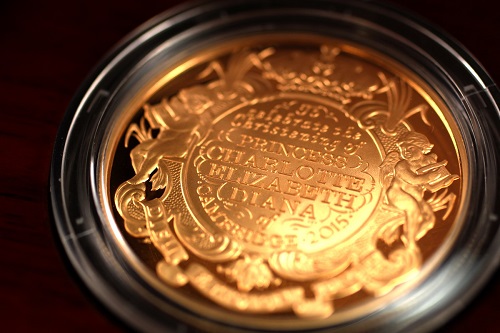Why Gold Content Matters in Ancient Coinage
페이지 정보

본문

Gold has long been valued not just for its beauty but for its rarity and durability, making it a natural choice for アンティーク コイン coinage throughout history
Among the earliest to strike gold coins were the Lydians, followed closely by the Egyptians and Romans, all of whom recognized gold’s enduring economic power
Unlike base metals that corrode or oxidize, gold remains chemically inert, allowing coins to survive intact through decades—or even centuries—of use
This durability made gold coins ideal for long distance trade and as a store of wealth for rulers and merchants alike
The fineness of a coin’s gold content served as a public indicator of the ruler’s fiscal health and political credibility
When coins contained nearly pure gold, citizens and foreign traders viewed them as a reliable benchmark of value
For example, Roman aurei were struck with nearly pure gold, and their consistent weight and fineness helped maintain confidence in the empire’s economy
A sudden drop in gold purity was a red flag, often preceding economic collapse or popular unrest
Traders refused to accept debased coins at face value, triggering runaway inflation and undermining state authority
Across vast networks, gold’s consistent value made it the universal currency of commerce
To conduct business between distant kingdoms, traders required currency whose value was transparent and uncontested
A merchant could glance at a gold coin and know its worth—no scales, no assays, no disputes
This standardization helped facilitate commerce between distant cultures, from the Silk Road to the Mediterranean trade networks
A country’s gold coinage was its financial flag, flown high on global markets
Spain’s conquest of the Americas unleashed a torrent of gold, fueling the production of coins that circulated from Europe to Asia
Traders from Lisbon to Manila accepted doubloons as the gold standard, trusting the crown’s guarantee
Their legacy endures not as currency, but as artifacts of civilization’s financial evolution
Each coin is a time capsule—revealing how societies managed wealth, minted trust, and projected power
It reflects tax policy, military spending, trade surpluses, and even the ruler’s personal ambitions
To study gold coins is to trace the rise and fall of empires through the lens of their currency
They were symbols of authority, promises of continuity, and enduring testaments to human ingenuity
- 이전글Best Free Private Instagram Viewer Apps For Anonymous Browsing 25.11.07
- 다음글폰테크 당일 비대면 진료 허용하는 의료법 개정안 논란 “‘의료판 배달의 민족’될 것” 25.11.07
댓글목록
등록된 댓글이 없습니다.
